Adults learn by doing, not by hearing how the trainer did it.
Two Kinds of Cones
Tattoo is our 14-year old Abyssinian.
Right before New Year’s Eve, I found her in our bedroom closet limping. A quick trip to the veterinarian confirmed she had dislocated her back right knee.
Who knew that could happen?
She had surgery on January 5th and will have to wear a cone until Friday when she gets her stitches removed. (Yes, they call it an E-Collar, but it’s a cone.)
Here’s a cone for you.
The Cone of Experience (later called The Cone of Learning) was developed by Edgar Dale, an educator. It was later adapted and promoted by National Training Labs, founded by Kurt Lewin. “There is nothing more practical than a good theory,” is my favorite Kurt Lewin-ism.
This model purports to show you how to make learning (training) stick. Make your training more participative.
Make sure you’re doing more active learning than passive learning.

Disclaimer: Above, I used the word “purports” because you can find plenty of criticism online about this model. The main one is that it would be statistically impossible to have each kind of learning method 10% better than the other. Nobody ever really scientifically proved this to be true.
That said, I still believe the right side of the model shows you the clear line of demarcation between active and passive learning. Have more discussions. Get your salespeople presenting and practicing.
Adults learn by doing, not by hearing how the trainer did it.
One of my early influences as a trainer was Bob Pike. He did seminars for people who do seminars. Pike says, “Adults learn better and retain more when they are involved in the process.”
Active learning involves your salespeople. They will be happy to participate in their own development if you encourage it.
You will be happy when you see how much faster they improve when you use more active learning.
Tattoo will be happy her cone comes off.



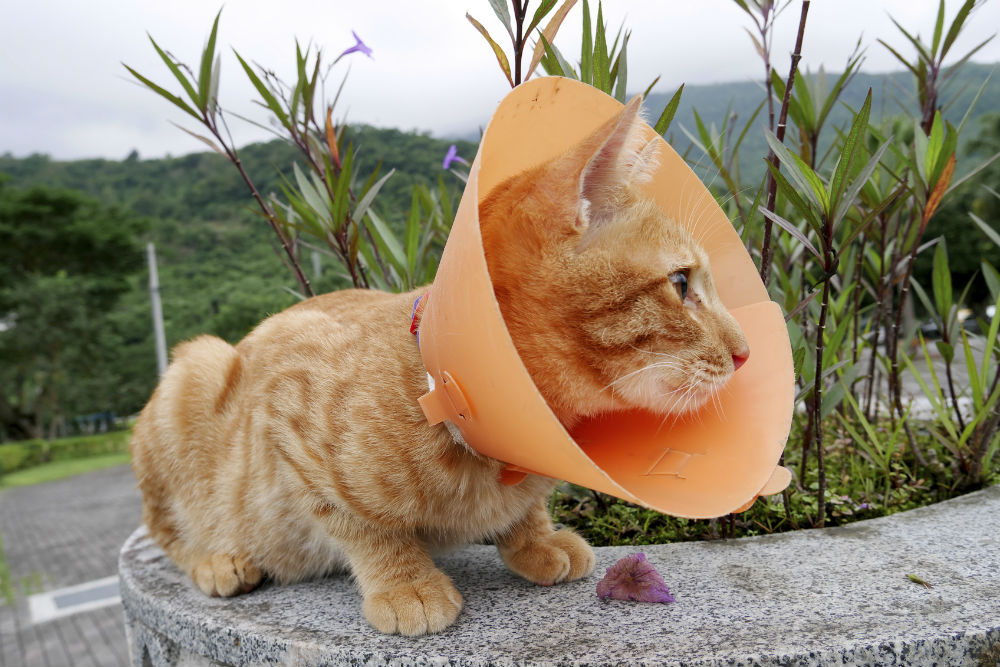

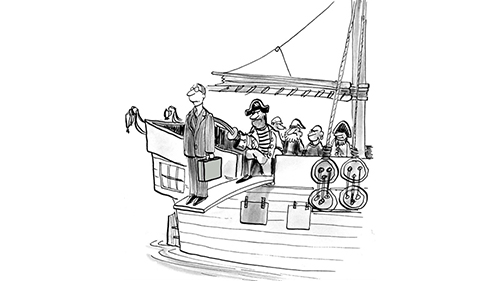
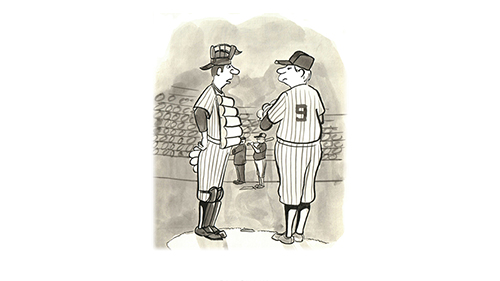
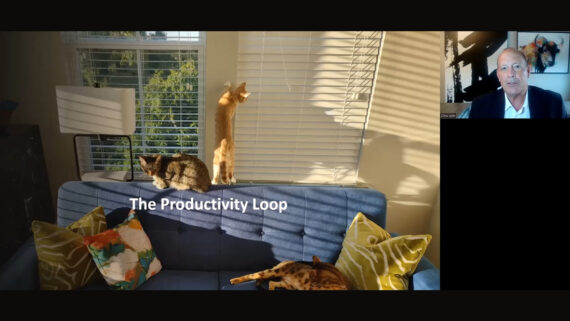
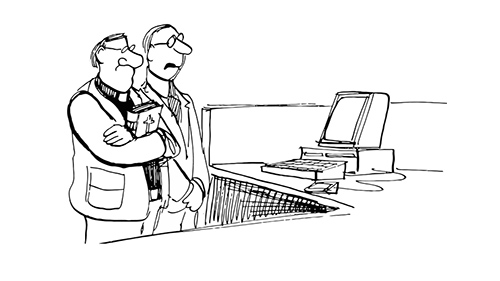
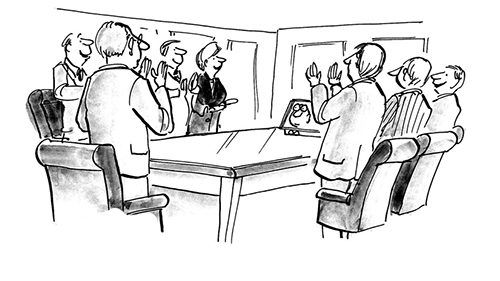
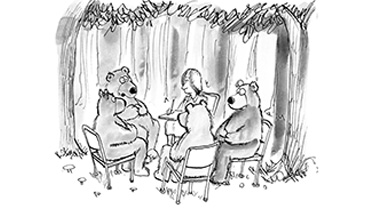
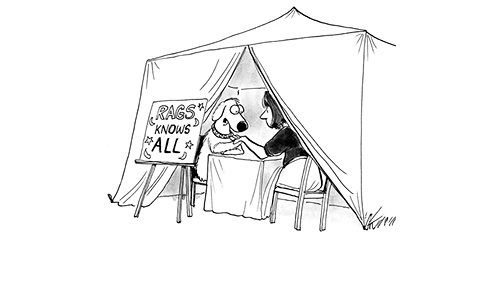
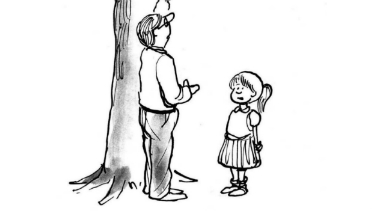
Comments
No comment yet.